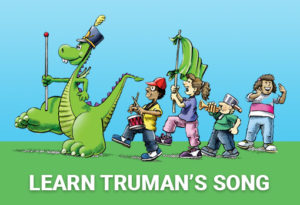Columbus, Model T and Halloween
On Monday, Oct. 10, we celebrate Columbus Day. Christopher Columbus sailed from Spain in August 1492, and landed in the Bahamas. In 1792, New York’s Columbian Order hosted the first Columbus Day event to celebrate the 300th anniversary of his landing in the Americas. President Franklin D. Roosevelt proclaimed Oct. 12 as Columbus Day and made it a national holiday in 1937. In 1971, that was changed so that we celebrate Columbus Day on the second Monday in October. Can you imagine what the world would be like with no cars or trucks? Henry Ford is credited with making cars affordable. His “universal car,” the Model T went on sale Oct. 1, 1908. It cost $850. By 1925, a person could buy one for less than $300. The first vehicle that could actually carry people in it was steam powered. It was built in 1768 by a man named Nicolas-Joseph Cugnot. Halloween. For some people it is time to dress up and go trick-or-treating. That isn’t what it used to be about, though. Halloween falls on Oct. 31. About 2,000 years ago the Celts living in what is now Ireland, the United Kingdom and northern France celebrated the end of summer and harvest time with the festival of Samhain. They believed that on this one night every year, ghosts of the dead could return to Earth. The Celts would build big fires and wear costumes. Halloween was not really popular in the U.S. until the 1840s and ‘50s when Irish immigrantscame to America to get away from the potato famine in Ireland. They brought their traditions with them. One of them was Halloween.





